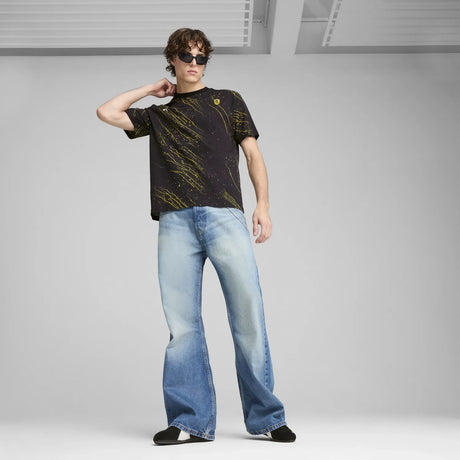The landscape of Formula 1 is set for a major overhaul with the 2026 technical regulations, promising a radically new era that is captivating fans and teams alike. The changes, primarily focused on aerodynamics and power units, could fundamentally reshape the spectacle and challenge of overtaking, always a focal point of race excitement. As the grid prepares for this transformation, engineers and strategists are delving into the fresh intricacies these rules will bring, and how they might alter wheel-to-wheel action.
One of the most influential team leaders, Williams’ James Vowles, has articulated his vision of what lies ahead in a post-2026 grid. The new concept prioritizes greater efficiency and sustainability, with active aerodynamics and reduced drag being central themes. But with this step forward comes intense debate—while innovation will unlock new strategies, it could also potentially complicate overtaking, drawing concern within the paddock. As teams dissect the announced rules, they're weighing both the promise and the uncertainty of these sweeping changes.
At the core of this discussion is the reimagined aerodynamic philosophy. From 2026, Formula 1 cars will become more nimble—shorter and lighter, but paired with a significant reduction in downforce. It's anticipated that the "active aero" elements, such as movable wings, will boost straight-line speed while reducing energy loss. The twist: how these new systems interact with the loss of the DRS (Drag Reduction System) and enhanced hybrid powertrains could lead, paradoxically, to more defensive races. The new engine formula, with increased reliance on electric power, will also demand new strategies for energy deployment and regeneration, making the management of overtakes a more cerebral challenge.

In practical terms, overtaking maneuvers may look quite different. Historically, DRS has provided a powerful tool for drivers to breeze past rivals on straights. With its removal, the responsibility shifts heavily to the new aero solutions. Simulations suggest that slipstreaming might become less effective due to decreased overall drag, meaning cars could struggle to close up at the end of straights as readily as before.
Vowles has highlighted that “overtaking will have to change” as a natural consequence of these regulations. The battle is expected to pivot from blindingly fast straight-line passes to more intricate on-track chess, where drivers must maximize the timing and positioning of the active aero components. This shift could reward the most skillful drivers, but also put an onus on clever tactical calls from the pit wall, potentially leading to an even greater emphasis on the mental side of racing.
Fans should also prepare for more strategic energy management. The new power units will feature an increased focus on electric-only acceleration, with drivers needing to find the perfect balance between harvesting energy and deploying it for that critical overtake moment. In theory, this could spice up the racing in unexpected ways—with varying energy reserves influencing how and when passes are attempted, and potentially leading to late-race drama as drivers juggle their hybrid resources.
Meanwhile, concerns are bubbling about the possibility of the so-called “DRS trains” morphing into even more persistent tactical stalemates, unless the rules are fine-tuned further. Teams across the grid are urgently running simulations, searching for the Silver Bullet that will keep the spectacle alive without sacrificing the new sustainability goals. The FIA, ever vigilant, continues to consult with teams to avoid replicating previous pitfalls that occasionally rendered overtaking too difficult in the past.
As we edge closer to this new era, paddock anticipation is tinged with both excitement and caution. The 2026 regulations promise innovation, but their true impact on racing will only be revealed when the lights go out in the opening rounds. For purists and thrill-seekers alike, the coming seasons are set to test the mettle of drivers and the ingenuity of teams, as Formula 1 once again rewrites its own racing DNA.


















































































































































































































































































































































































































































































































